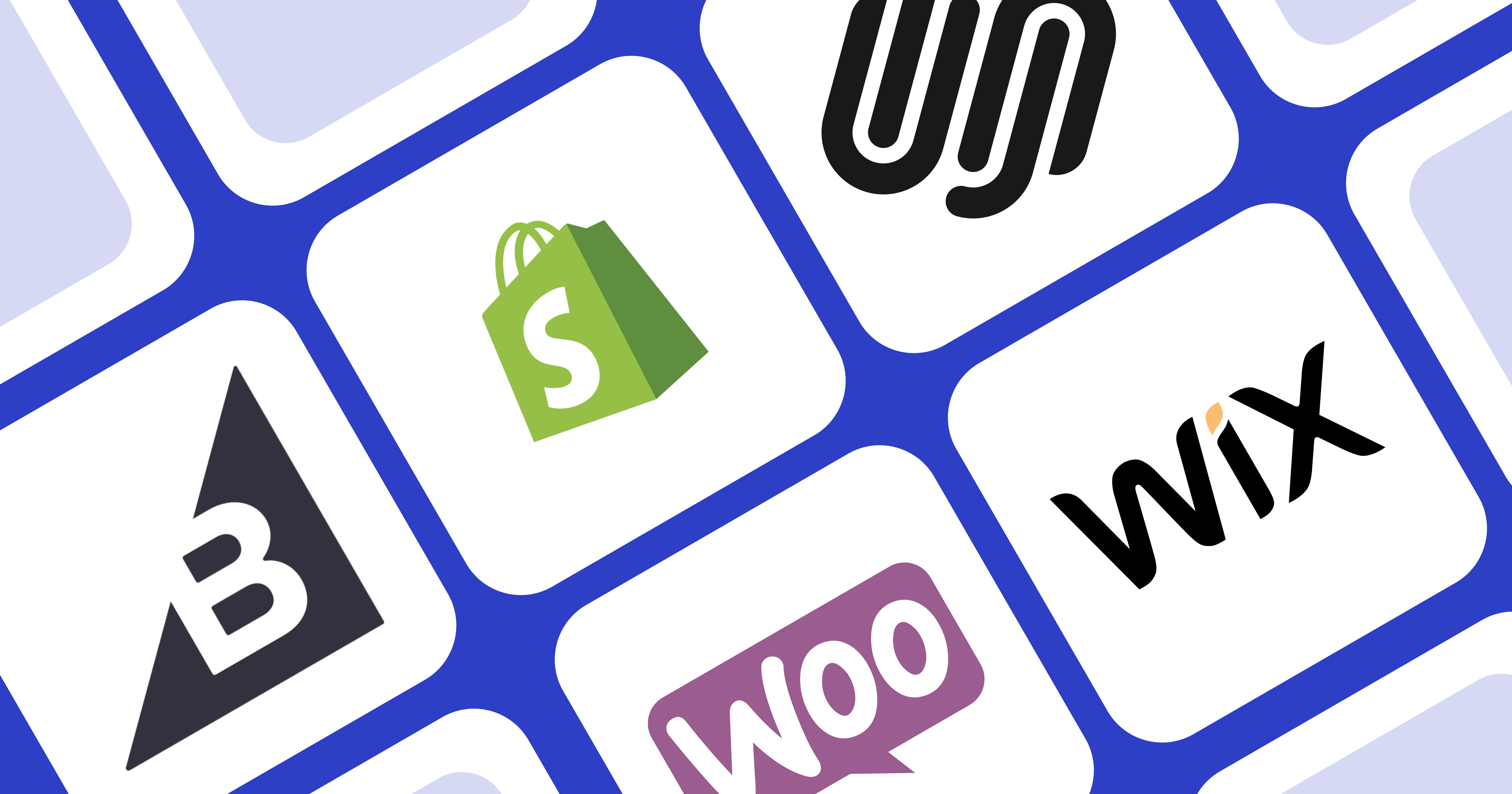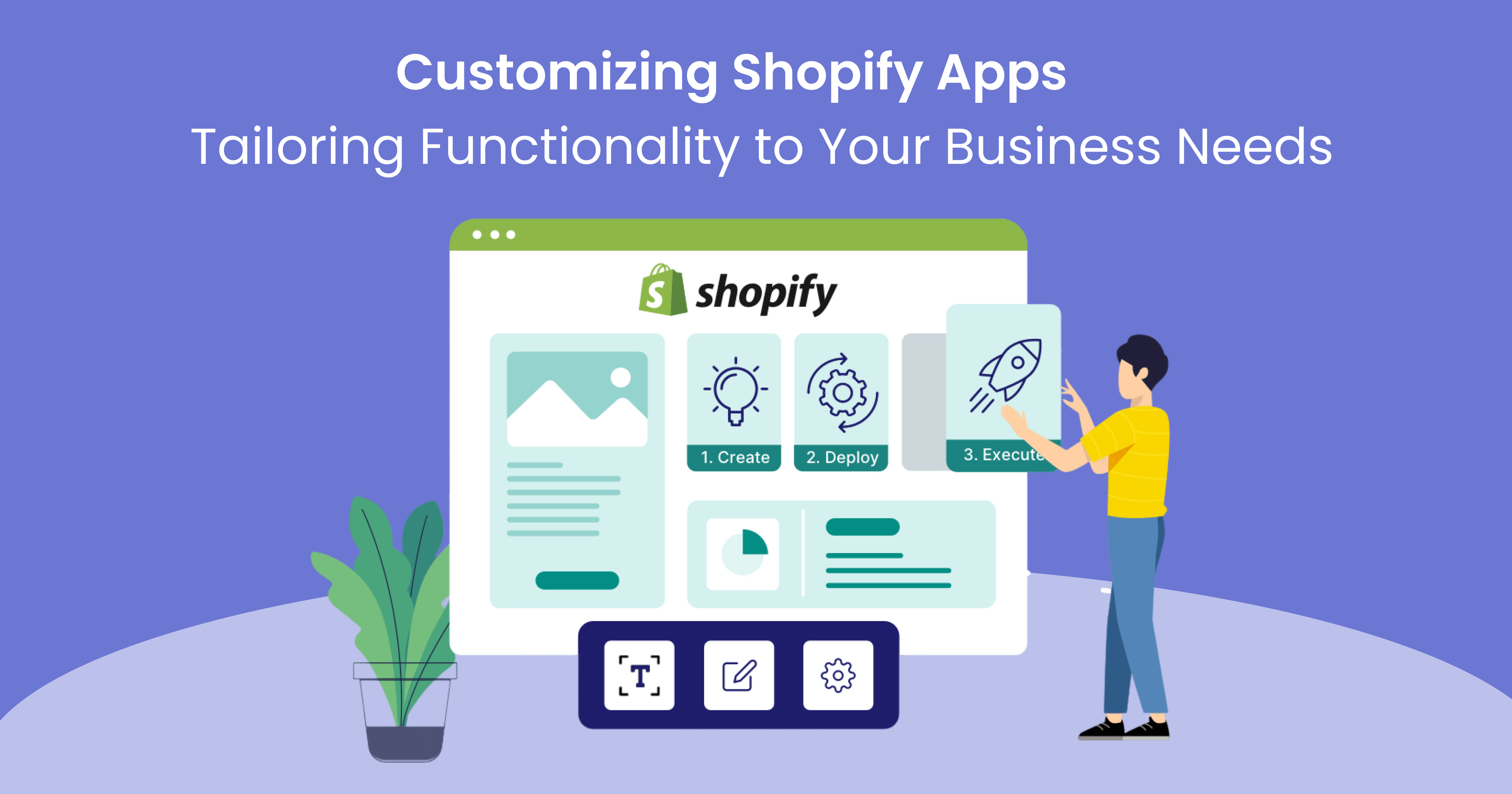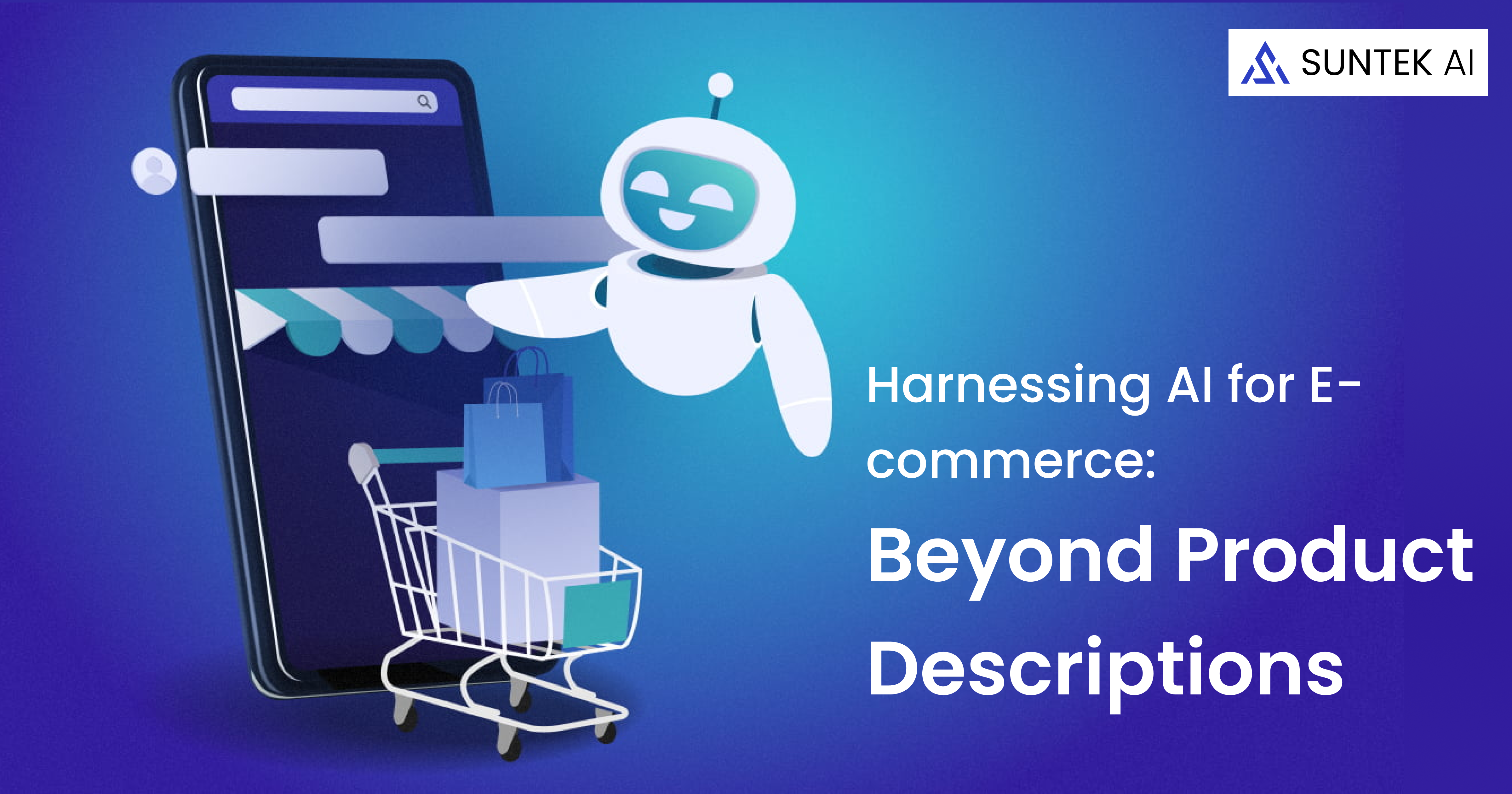Building a successful online store starts with the right foundation – your chosen ecommerce platform. The sheer number of options can be overwhelming, so let’s break down the top five platforms in 2024, highlighting their strengths and costs to help you make an informed decision.
1. Shopify: The Best All-Rounder
- Pricing: Plans range from $29/month (Basic) to $299/month (Advanced). A higher-tier Shopify Plus plan is also available for large enterprises.
- Why it Excels: Shopify is known for its user-friendliness, extensive features, and a vast app marketplace for customization. It suits businesses of all sizes, from solopreneurs to large enterprises.
- Pros: Easy setup, beautiful themes, robust inventory management, built-in marketing and SEO tools, reliable support.
- Cons: Monthly fees can add up, especially when using many third-party apps.
- Best for: Businesses prioritizing a quick launch, a wide range of features, and streamlined store management.
2. BigCommerce: For Scaling Businesses
- Pricing: Plans start at $29.95/month (Standard) and scale up to $299.95/month (Plus), with an Enterprise plan for larger businesses.
- Why it Excels: BigCommerce is built with high-volume sellers in mind. It offers powerful features for managing large product catalogs, complex orders, and multi-channel selling.
- Pros: Advanced built-in features reduce reliance on apps, excellent scalability, supports multi-currency sales, deep customization options.
- Cons: Can have a steeper learning curve for beginners, less beginner-friendly themes compared to Shopify.
- Best for: Established businesses with extensive product inventory or plans for rapid growth, and those requiring in-depth control over their store’s functionality.
3. Wix: The Drag-and-Drop Champion
- Pricing: Wix offers specific Ecommerce plans ranging from $27/month (Business Basic) to $59/month (Business VIP).
- Why it Excels: If you want complete control over your store’s design and a no-fuss website builder, Wix is hard to beat. Its drag-and-drop interface makes building a professional-looking store a breeze.
- Pros: Supremely easy to use, huge selection of modern templates, excellent for content-driven or visually focused stores
- Cons: Ecommerce features can be less extensive than platforms built specifically for selling, app marketplace less expansive than Shopify.
- Best for: Beginners and smaller businesses with an emphasis on beautiful design and a need for integrated website-building tools.
4. Squarespace: For Aesthetic-Driven Stores
- Pricing: Squarespace Ecommerce plans start at $23/month (Basic Commerce) and go up to $49/month (Advanced Commerce).
- Why it Excels: Squarespace is renowned for its stunning templates and focus on showcasing products beautifully. It’s a popular choice for creative businesses and those selling visually appealing goods.
- Pros: Award-winning templates, integrated blogging tools, built-in email marketing.
- Cons: Ecommerce features less robust than dedicated platforms, advanced customizations can require coding knowledge.
- Best for: Businesses prioritizing a visually striking online store, where design is paramount.
5. WooCommerce: For Flexibility on a Budget
- Pricing: The WooCommerce plugin itself is free, but you’ll need these additional costs:
- Web hosting (prices vary greatly)
- Domain name (around $10-$20/year)
- Any premium themes or extensions you wish to use
- Why it Excels: WooCommerce is a free, open-source plugin that transforms WordPress websites into powerful online stores. Its flexibility and community support are unmatched.
- Pros: Highly customizable, massive community support, ideal if you already have a WordPress website, lots of free and paid extensions.
- Cons: Requires technical know-how (or hiring a developer) for setup and maintenance, reliant on your web hosting’s performance.
- Best for: WordPress users and businesses seeking ultimate customization and control over every aspect of their store.
Finding Your Perfect Fit
The “best” platform depends on your needs. Consider your business size, technical expertise, budget, and future growth plans. It’s wise to try free trials offered by many platforms.




